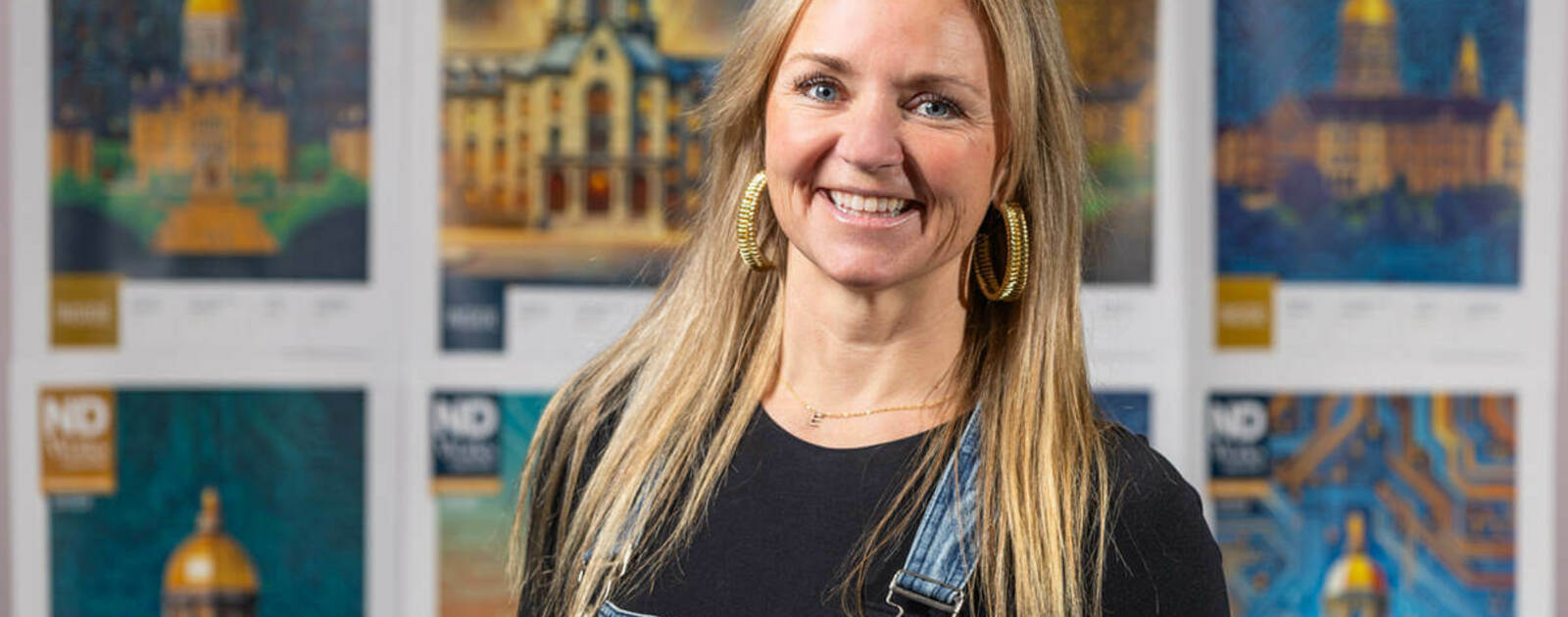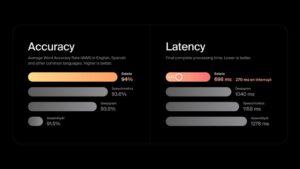Initiating the Discussion: Our Use of AI in Designing the NDWorks Quarterly Cover

Exploring AI in Graphic Design: Insights from Elissa Chudzicki
Introduction to AI in Design
Elissa Chudzicki, a senior graphic designer at the Office of Public Affairs and Communications, has been a pivotal figure in design for over two decades. With a rich background, including her role as the past president of the University & College Designers Association, she integrates new technologies into her creative process, especially AI. In the recent issue of NDWorks Quarterly, with a focus on AI at Notre Dame, she opted to incorporate artificial intelligence tools to enhance her design work.
The Role of AI in Design
Chudzicki emphasizes that while AI offers intriguing possibilities, it doesn’t replace the creative expertise of a designer. "As a designer, AI has limited use in my work. I don’t ever want AI to do what I can do," she asserts. However, she recognizes the importance of being informed about the latest design technologies. This understanding allows her to leverage these tools effectively.
Tools and Techniques Employed
For this particular project, Chudzicki utilized multiple AI tools, including:
- ChatGPT for generating creative ideas and prompts,
- Google Gemini for insights, and
- Adobe Firefly for design execution.
Her experience with AI is still relatively new, being the third project where she used these technologies.
The Creative Process with AI
The design process involved crafting a cover art piece that represented both AI and the University of Notre Dame. Initially, she used AI to generate various design ideas. For instance, her starting prompt stated: “Interweave a circuitry pattern with an illustration of the campus of Notre Dame.” While the AI provided a thematic direction, it often struggled with accuracy.
Through trial and error, Chudzicki refined her prompt, ultimately combining AI-generated covers with a specific image of the Main Building on campus, asking the AI to create a version using this reference. This iterative approach led to improvements, although it demanded substantial time and effort.
Overcoming AI Limitations
While Chudzicki appreciates the efficiency AI can bring to certain tasks, she highlights the technology’s current limitations. For example, AI sometimes generates images with inaccuracies, such as mismatched architectural elements. One notable instance included an output with incorrect dome shapes. To rectify these flaws, she devoted considerable time to retouch the AI-generated image manually, achieving a final product that met her standards.
The Designer’s Perspective on AI
Chudzicki reflects on the contrast between AI-generated work and her own design process. While AI can produce technically competent results, it lacks the emotional connection and intentionality that a human designer brings to their work. She believes this aspect is crucial, especially when representing a brand like Notre Dame.
Her approach to using AI remains ethical and transparent. When she employs AI, she views herself more as an art director than a designer, signifying the collaborative nature of the process. It’s important for her that audiences understand the rationale behind utilizing AI in her work and appreciate the unique vision she strives to maintain.
AI in the Future of Design
In a rapidly evolving digital landscape, Chudzicki recognizes the potential of AI to enhance creative workflows without overshadowing human artistry. Whether through assistance in brainstorming or generating ideas, AI serves as a tool that complements a designer’s skills rather than substituting them.
As she continues to navigate the interplay between technology and creativity, Chudzicki remains committed to producing provocative and distinctive designs that accurately represent the Notre Dame identity. Understanding and mastering AI’s capabilities helps her reinforce the importance of ethical considerations and transparency in design, ensuring that her work remains genuine and personally crafted.






